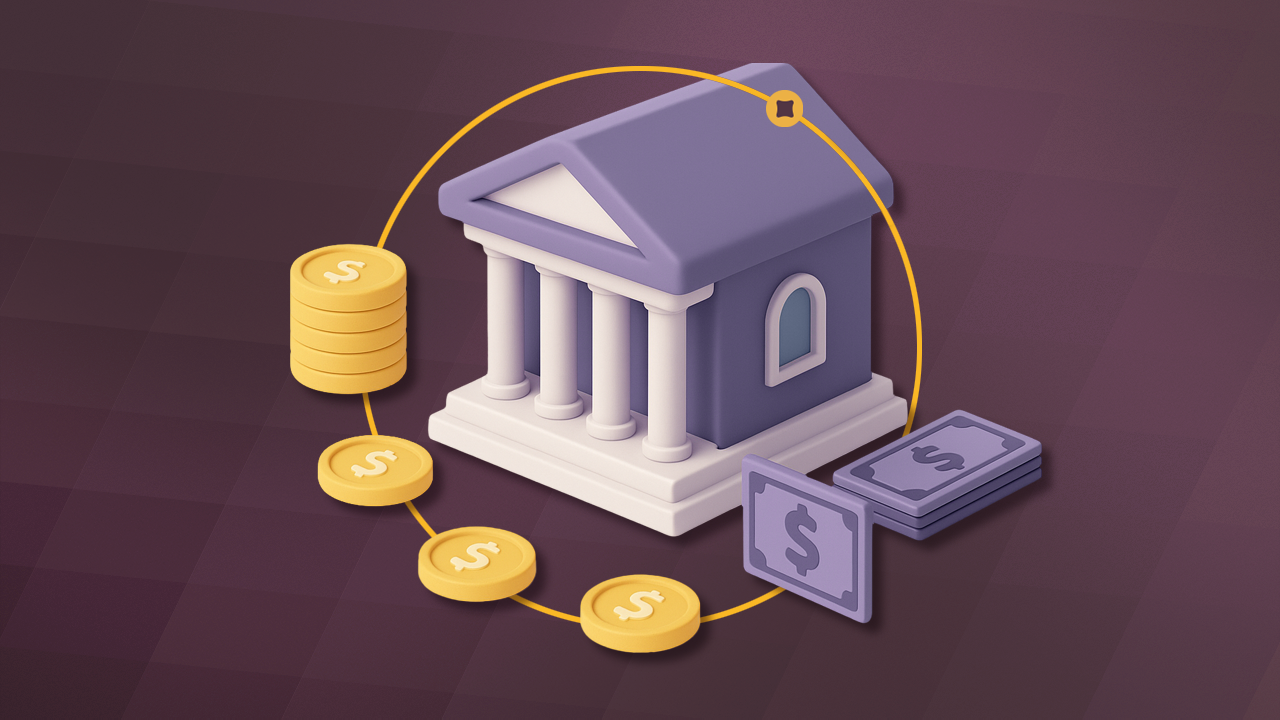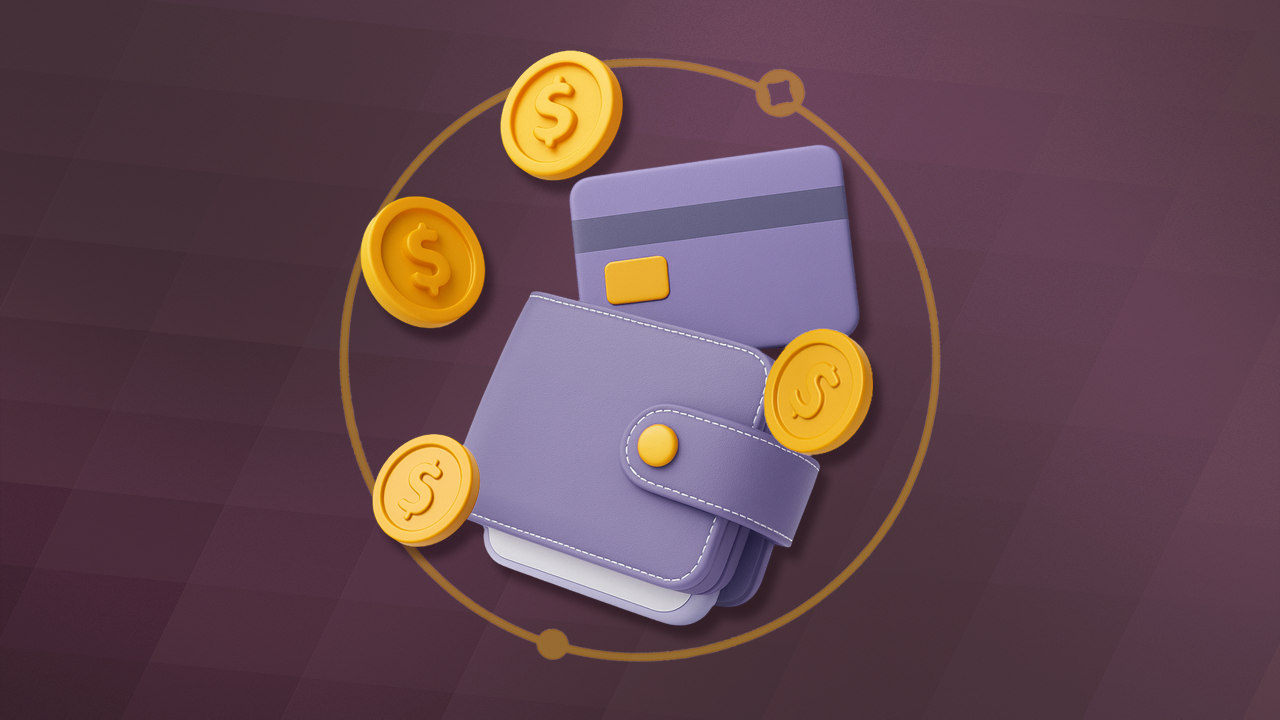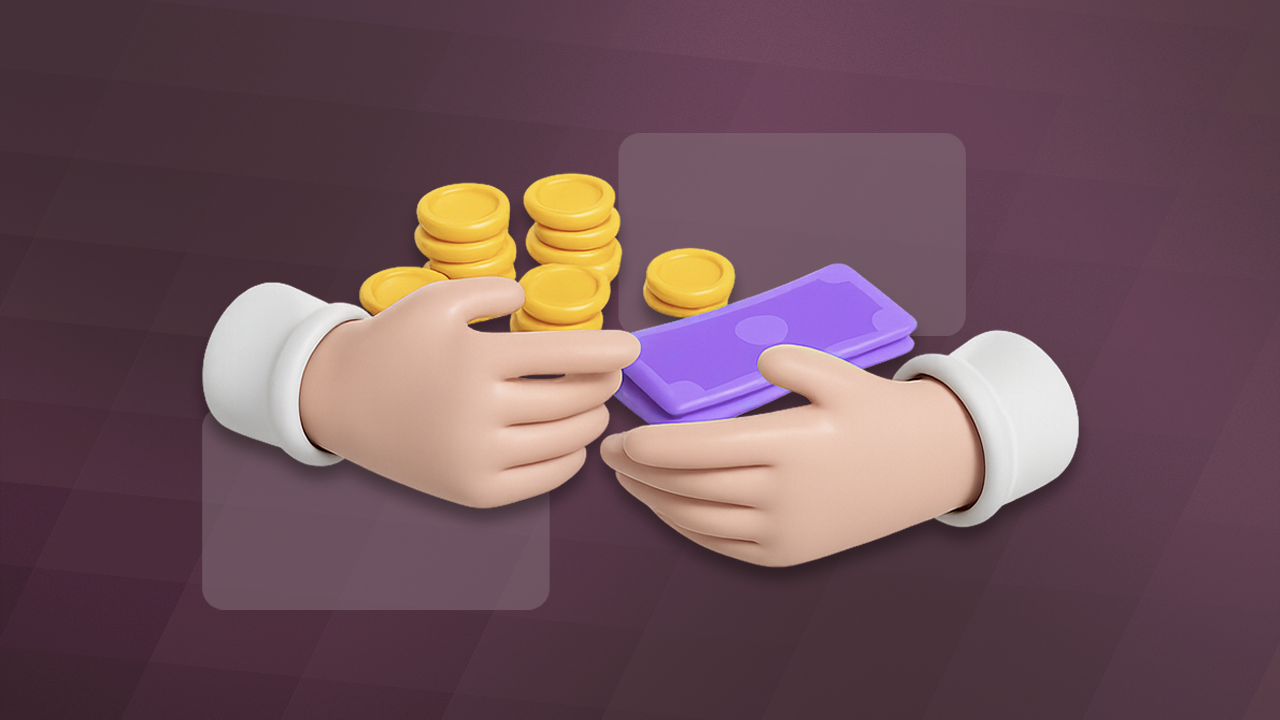ACH transfers are a go-to option for businesses because they're fast, efficient, and cost-effective. But one down side is that like physical checks, ACH payments can get rejected. These rejections can stem from reasons like insufficient funds, revoked authorization, or invalid account numbers. Knowing how to deal with ACH returns not only keeps your payment process running smoothly but also builds trust with your customers.
What Are ACH Rejection Codes?
When an ACH payment gets rejected, the ACH network gives you a "rejection code" or "return code" to explain why. These alphanumeric codes tell you what went wrong so you can fix the issue and prevent it from happening again. There are over 80 different return codes, but before we dive into the most common ones, let’s cover some key terms you’ll encounter:
- ODFI (Originating Depository Financial Institution): This is the financial institution that initiates the ACH transaction on behalf of the originator (your business).
- RDFI (Receiving Depository Financial Institution): This is the bank on the receiving end of the ACH transaction, which is either debiting or crediting the account.
Common ACH Return Reason Codes
Now that you’ve got the basics, let’s look at some of the most common ACH return codes and what you can do about them:
- R01: Insufficient Funds
- Why it happens: The payer’s account doesn’t have enough funds.
- How to handle it: Contact the payer for an alternative payment or ask them to fund the account.
- R02: Account Closed
- Why it happens: The account you’re trying to debit or credit has been closed.
- How to handle it: Get updated banking details from the customer.
- R03: No Account/Unable to Locate Account
- Why it happens: The account number is incorrect or can’t be found.
- How to handle it: Verify the account details with the payer.
- R04: Invalid Account Number
- Why it happens: The account number is invalid or improperly formatted.
- How to handle it: Double-check the details and confirm them with the payer.
- R05: Unauthorized Debit to Consumer Account
- Why it happens: The account holder says the debit wasn’t authorized.
- How to handle it: Investigate the claim and secure proper authorization before retrying.
- R06: Returned per ODFI’s Request
- Why it happens: The transaction was returned at the ODFI’s request.
- How to handle it: Contact your payment processor or ODFI for more details.
- R07: Authorization Revoked by Customer
- Why it happens: The customer revoked their authorization.
- How to handle it: Reach out to the customer to discuss the situation and get new authorization if necessary.
- R08: Payment Stopped
- Why it happens: The payer stopped the payment.
- How to handle it: Work with the payer to resolve the issue.
- R09: Uncollected Funds
- Why it happens: The account shows sufficient funds, but they haven’t cleared.
- How to handle it: Wait for the funds to clear or request an alternative payment.
- R10: Customer Advises Not Authorized
- Why it happens: The customer disputes the payment as unauthorized.
- How to handle it: Verify the authorization and reprocess if appropriate.
- R12: Account Sold to Another DFI
- Why it happens: The account has been moved to another financial institution.
- How to handle it: Request updated banking info from the customer.
- R29: Corporate Customer Advises Not Authorized
- Why it happens: A business disputes the payment, claiming it wasn’t authorized.
- How to handle it: Investigate the dispute, secure proper authorization, and reprocess the payment.
What Happens When an ACH Payment is Returned?
ACH debit returns are generated by the RDFI in response to a failed transaction. Many think once an ACH payment is settled, it’s done—but that’s not always true. If the request can’t be fulfilled, the RDFI sends the funds back with a return code explaining the issue.
Also, be aware of Notice of Change (NOC). If a customer’s bank details change due to a merger or new account numbering system, you’ll get an NOC. This tells you to update the customer’s information for future transactions. Ignoring NOCs could lead to failed transactions and returns.
Time Frame for ACH Debit Returns
Typically, ACH returns need to be processed within two banking days. However, some return codes—like those for unauthorized consumer debits—have a 60-day window, as consumer protections are more lenient.
ACH Return Fees
ACH return fees range from $5 to $25 per return, so it’s important to understand what’s causing the returns and how to prevent them.
Can You Dispute an ACH Return?
Yes, you can dispute an ACH return if it meets certain criteria, such as:
- Misrouted or duplicate return
- Incorrect information
- Return not within the proper time frame
To dispute, the ODFI must dishonor the return within five banking days of the settlement. If contested, the recovery process may need to happen outside the ACH network.
How Nickel can help
Nickel’s proprietary payments technology helps cut down on the number of returns. When they do inevitably happen, we don’t penalize you for any fees and our team helps you navigate the resolution and dispute process end to end. Find out how Nickel can help you with ACH payments.
Don't miss these articles
Make every Nickel count
Join 10,000+ businesses paying and getting paid on Nickel






